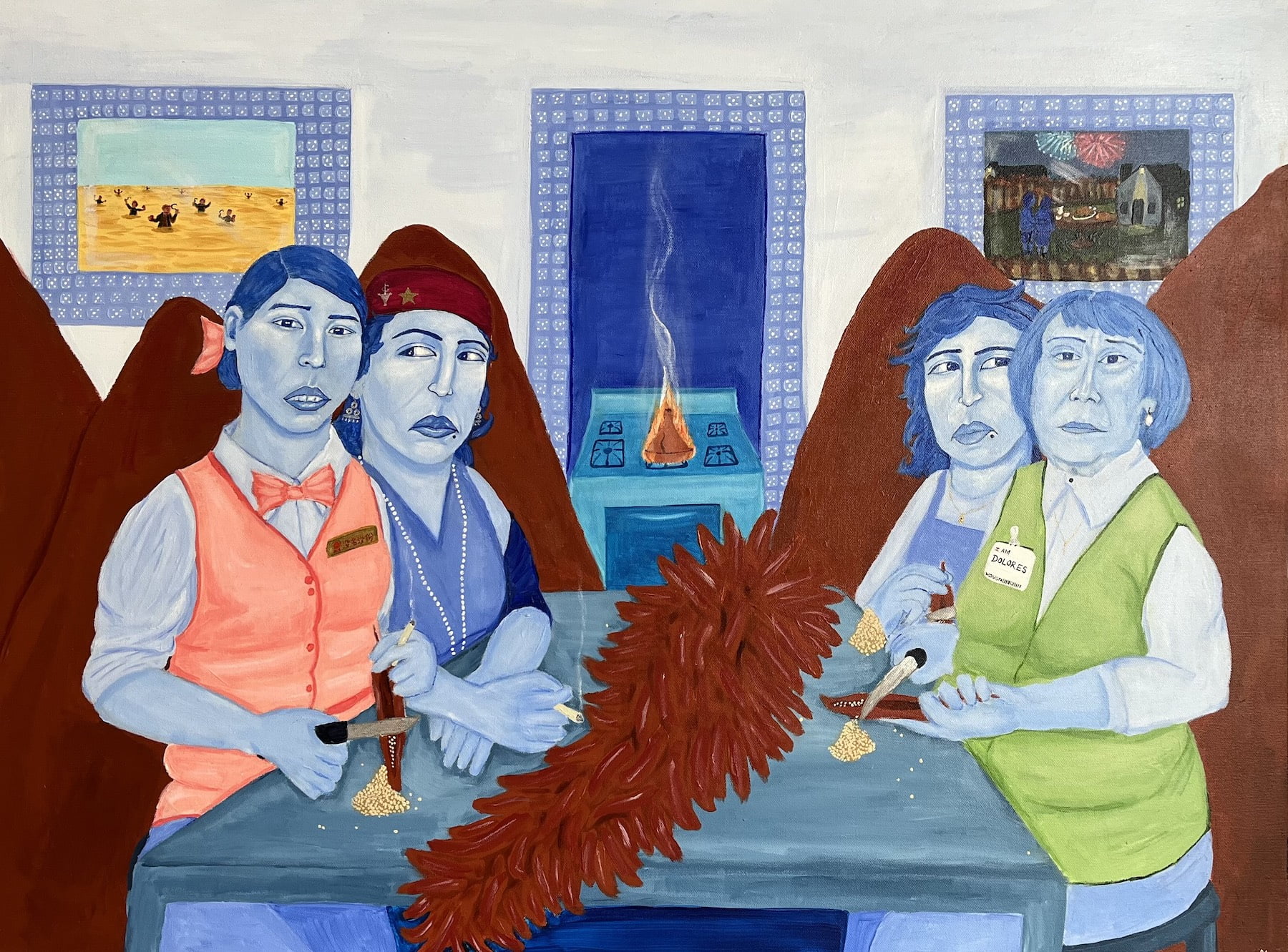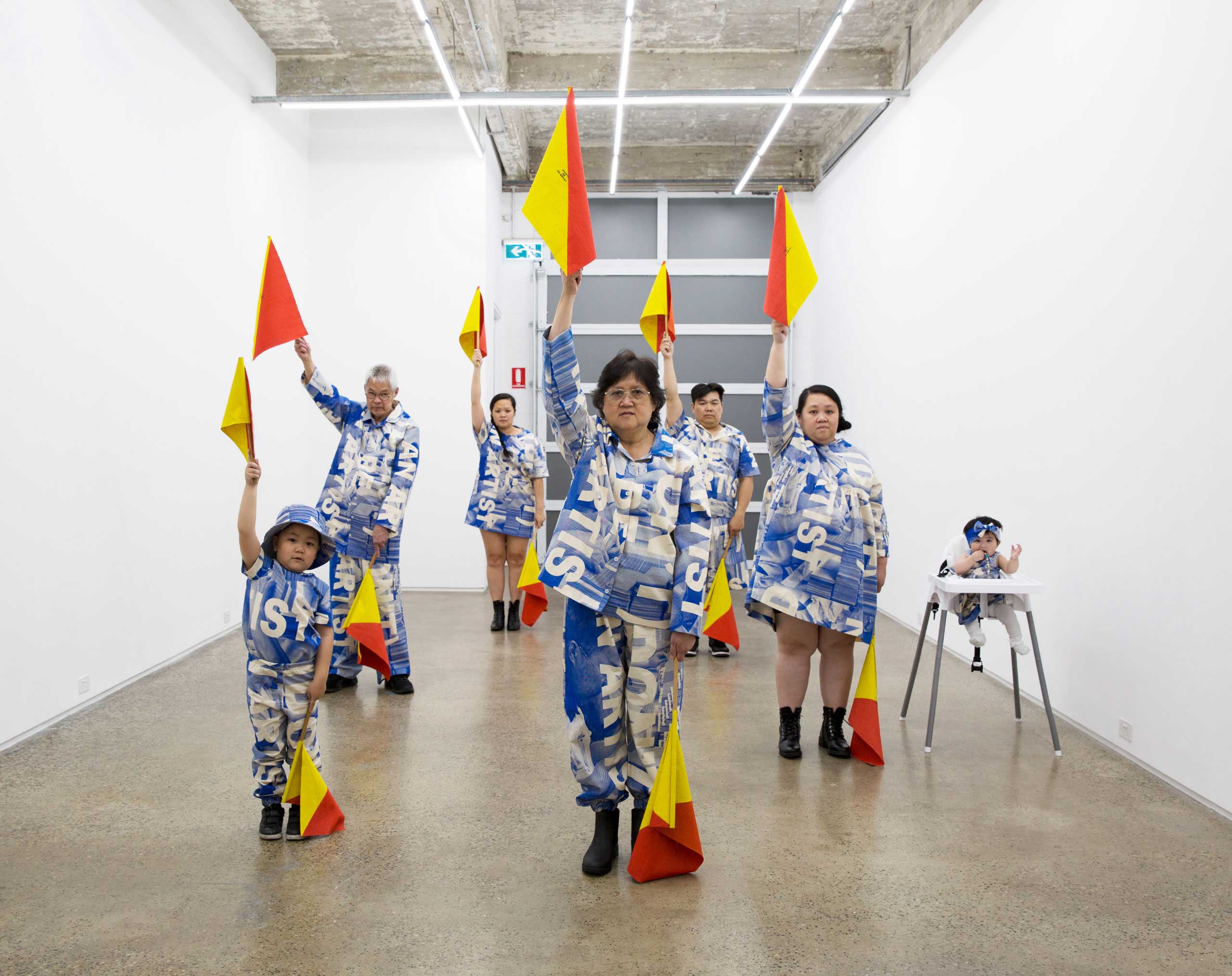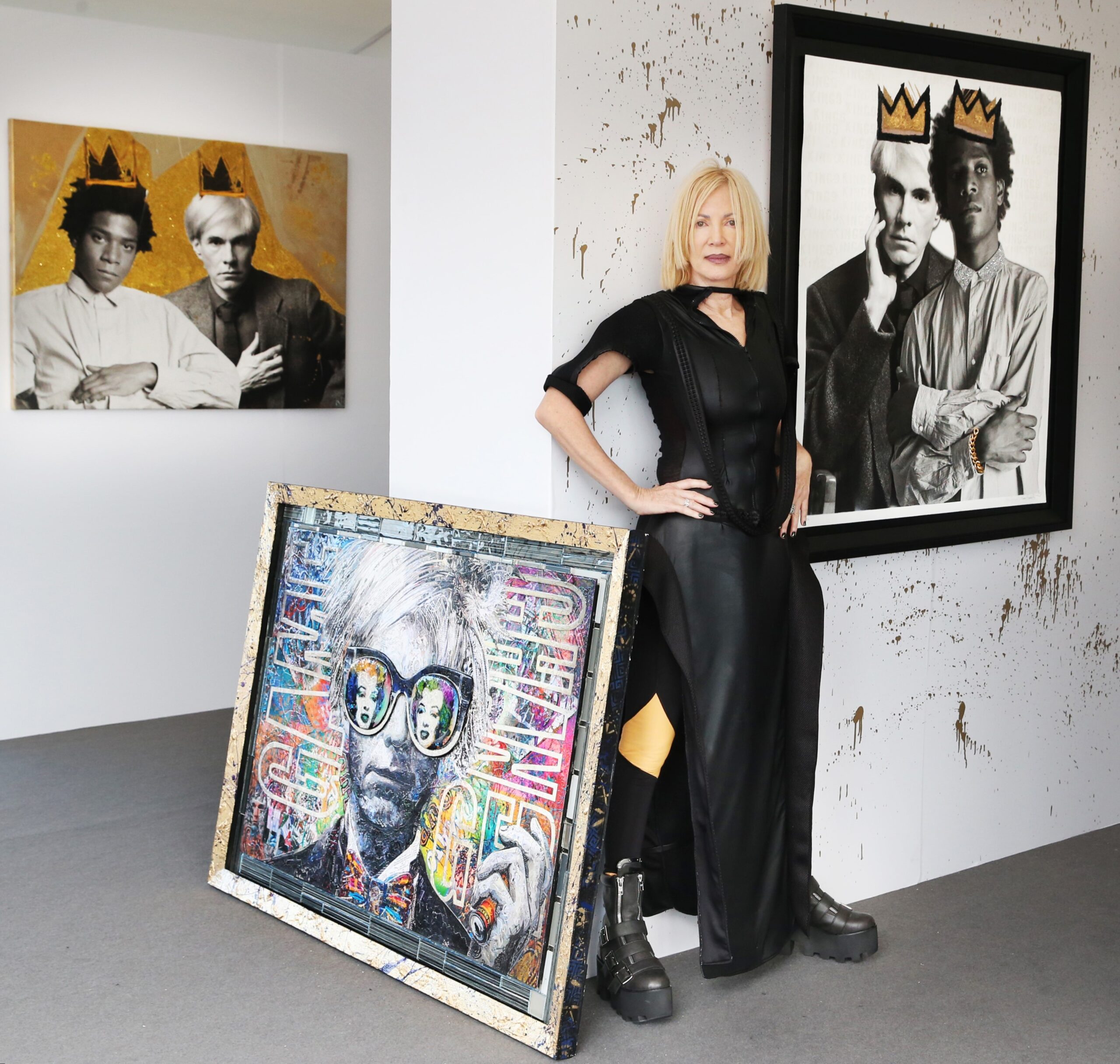
Calling a spade a spade: in conversation with Jerry Saltz
Long-time standing New York Magazine art critic and Pulitzer Prize-winner Jerry Saltz shares his personal views on art and criticism with 1883 Magazine arts editor.
Finding one’s voice can be hard, and in the uncertain journey of self-discovery that is life, the opportunity to develop and express our perspective cannot be taken for granted. Only a chosen few are granted the gift of cultivating this on a professional platform. Jerry Saltz is one of them: despite the stumbles and detours, a love of art has led him to be a leading voice in it today.
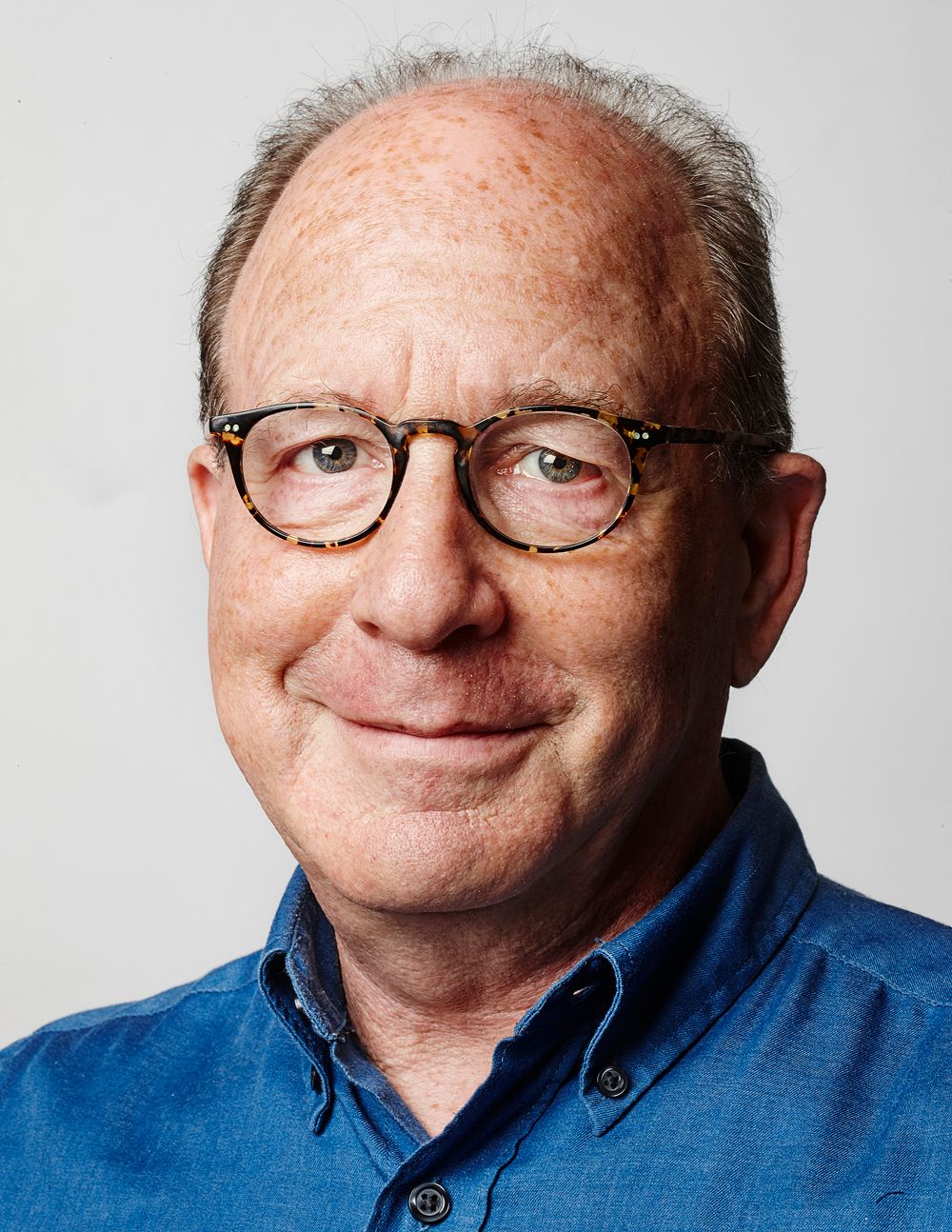
Uncompromising and outspoken – a true champion of art criticism and a regular at high-profile and lesser-known galleries in New York as well as on social-media platforms, Jerry Saltz likes to call a spade a spade and he is not afraid to raise an eyebrow. Often provocative, never unwarranted, his articles are a well-balanced mixture of colloquialism and eruditeness, perpetually swinging between the fluid and the formal, the personal and the political, and ultimately providing a sagacious and riveting insight of contemporary art in America. His body of work has helped change the way criticism is communicated and perceived.
After a brief stint with art making, Mr Saltz moved to New York from his native Chicago in the early 80s. A self-avowed late-bloomer critic, it wasn’t until his forties that he started to write for the Village Voice where he remained for nearly a decade before joining the New York Magazine in the capacity of senior art critic in 2007. After being nominated twice for the award in 2001 and 2006, in 2018 he received the Pulitzer Prize for his article ‘My Life as a Failed Artist’, a lucid, heartfelt account of his unsuccessful attempt at being an artist and subsequent transition to critiquing.



What has been the allure or draw of the art world for you, how has it sustained your interest for the duration of such a long career?
It’s a good question. When I was in high school, I could never get girls to go out with me. But I noticed that people having more sex were those in the arts and in theatre. I think that’s what originally got me into the art world, but, between me and you, it never really worked for me unfortunately (laughs).
All joking aside, I love the art world, I really do. It feels like a place to be free, a place to be ourselves, to be radically vulnerable. A place to be able to contradict ourselves. As crazy as it is, as dysfunctional a family as it might be, the art world is my family, our collective family, and I can’t live without it. I honestly cannot imagine living without it. And I have tried, I’m telling you. I was as you probably know a long-distance truck driver until I was in my forties, and I was very alone and it hurt.
Today I feel grateful every single second. I’m lucky enough to be in the art world even if I’m failing sometimes, even if there are people who hate me. I think it’s way better than being in the so-called ‘real world’ (laughs).

Despite not receiving any formal training in the area, your legacy is evident in landmarks such as your recent Pulitzer Prize win; do you believe it remains possible to ascend today in the art world as a critic without taking the conventional academic route of a degree or its equivalent? How so?
I absolutely do believe that anyone can be an art critic, or an artist, or be part of the art world for that matter without any formal education. We are living in a time where everyone goes to school, and that’s great. It gives people time to form their opinion in a stimulating environment.
However, when it comes to criticism, something bad I think has happened. I think that academia has maybe destroyed three or four generations of possible art critics. Right now, I read very little criticism that actually isn’t art criticism at all. It doesn’t have opinion, it doesn’t attempt to have an independent taste or to place itself at any risk. Instead, most of the things I read online, for example, are about the market, or art fairs, or biennials, or auctions, which I hate, or, again, about prizes, or the same twenty-five artists showing their work at high-profile galleries. And what I read in print magazines isn’t any better, because it is either descriptive or it doesn’t have any judgment at all. It is very rare to read any negative review, unless of course some critic wants to attack the “usual suspects”, the easy targets: it’s fun but also, quite frankly, dull. I am attacked every day for what I write and, I’m not gonna lie, it hurts. But I would never stop saying what I think: after all, I always have tomorrow to try to write a better review.
The good thing about art criticism is that there’s no way to really make money on it. That means art critics are free. Those who restrain themselves from writing something that is actually worth reading because of money worries are killing not just criticism, they’re killing their own taste. The lack of money cannot be an excuse to write all non-opinionated criticism: I myself was as poor as anybody that had worked their way up from absolutely nothing.
Look how crazy it is. I’m 67 years old, and I should not still be one of the bigger art critics around. There should be thousands of younger critics out there, relentlessly writing and publishing articles. Yes, they would probably have to keep their full time job, and go to, say, thirty galleries a week after work, and then write short reviews in a clear, plain language. It’s not easy, but that’s how it should be. I’m telling you, if I were young right now I would start a blog with my friends, and I would be writing reviews in a challenging, rigorous language that anyone could understand. Way too many critics were trained to rate art using a vocabulary that only a handful of other people understands.
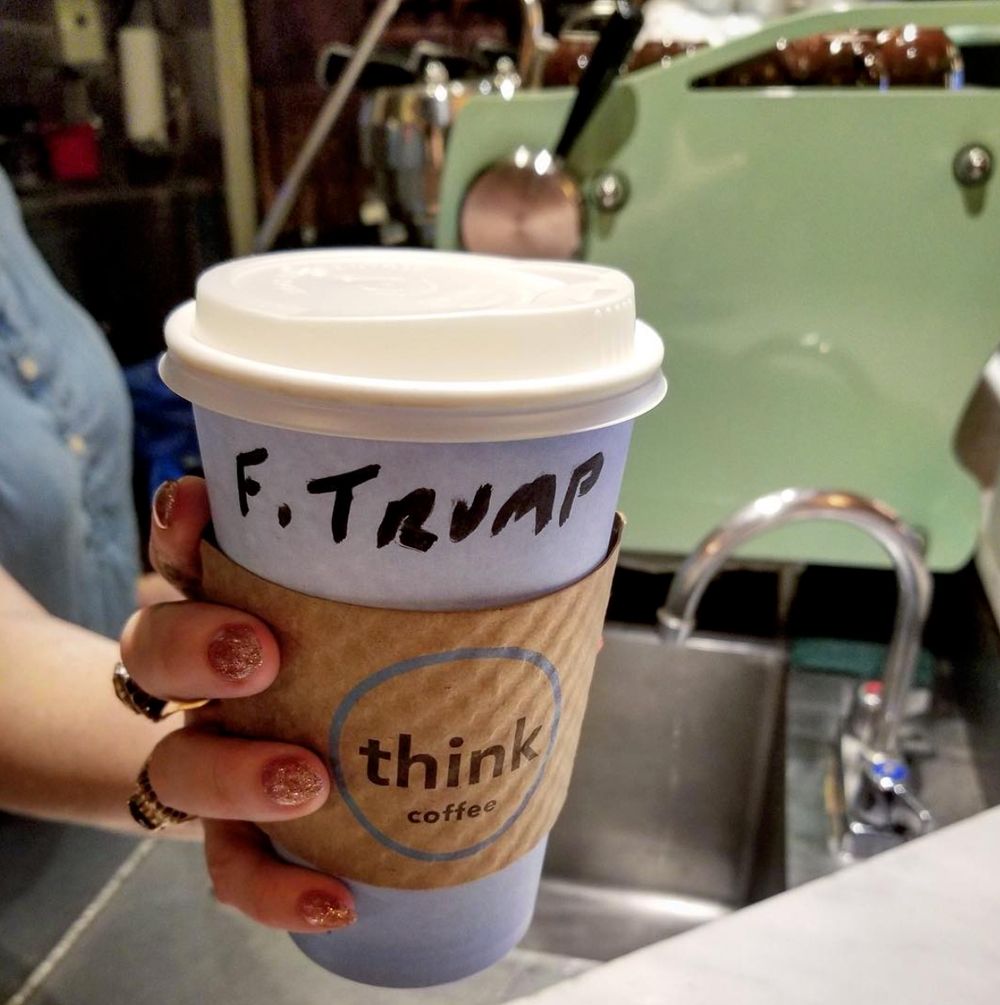
I grew up with the myth of New York as the place to be if you wanted to make art. Is the city a fertile ground for artists? And how has the New York art scene evolved since you started your career in the late 80s, early 90s?
I don’t think we need to go through the history of New York, because everyone is familiar with that, but yes, I do think we all can agree that the City is still the trading ground for the art world, in fact most of the business is done here. However, what makes New York a truly tremendous place for the arts are its many galleries. Galleries are the foundation on which the whole structure sits, it is where new art comes from. Some of my favourite people in the whole world are art dealers: they put their taste on the line and they try to make a go of it, and I love that.
Having said that, I think that by now there is not just one art world capital. Artists need a community of peers to flourish, and this could be anywhere. Whether it’s from Hong Kong or Milan, London or Berlin, art will find its way to the world stage as far as sales go.
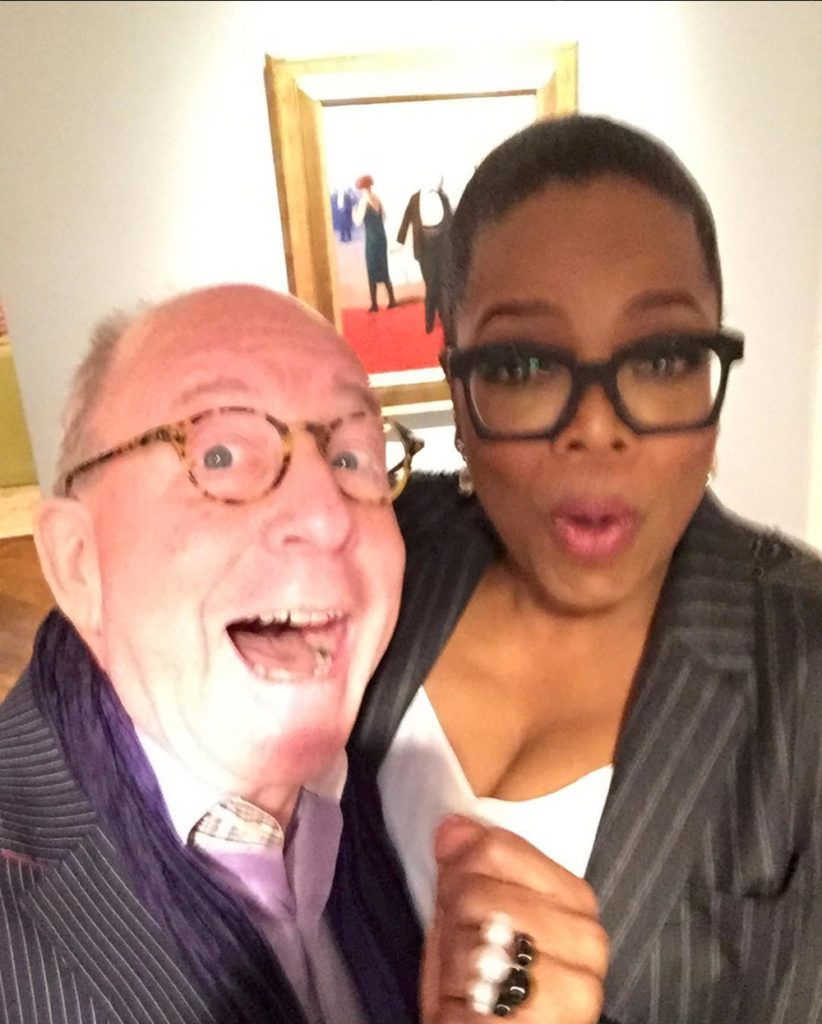
May I ask what your top three N.Y. galleries are at the moment?
I honestly do not have a top three. I go to about one hundred galleries every month. Galleries you have probably never heard of, that nobody would go to; that’s part of my job. I want to see as much as I can. I love seeing a late Picasso show at Gagosian, but I also love to see a brand new artist in a Lower East Side gallery, an artist I’ve never heard of, who, perhaps, is not very good, because we all know that you learn as much from bad art as you do from great art. And to be fair, sometimes you learn much, much more from lesser art.
What was the most memorable show of the past six months?
I have been to a number of exhibitions lately that were actually worth seeing. I went to a spectacular Egon Schiele and Gustav Klimt’s drawing show at the Met Breuer. I saw a show at a gallery called Fort Gansevoort of an artist named Michelangelo Lovelace. I had never heard of him in my whole life. He’s a fifty-eight year-old self-taught black artist from Cleveland, Ohio, and he makes paintings that reminded me a little bit of Grandma Moses. He was a beautiful revelation.
I then went to a great exhibition of Australian aboriginal women painters in a Lower East Side gallery. I also recently came across the work of Aaron Birnbaum. Another great revelation, another self-taught artist who died at the age of 103: he made beautiful, bright and colourful landscape and city paintings.
You see, to me all art is contemporary art, I make no distinction. From cave and aboriginal painting to Gustav Klimt, from the work of well-established artists to that of ‘outsiders’: all is relevant. I think it’s really boring, wrong and stupid that the art world wants to distinguish between artists who were taught in the right schools and those who were not. But, you know, the art world is extremely conservative still when it comes to this one thing that is changing.
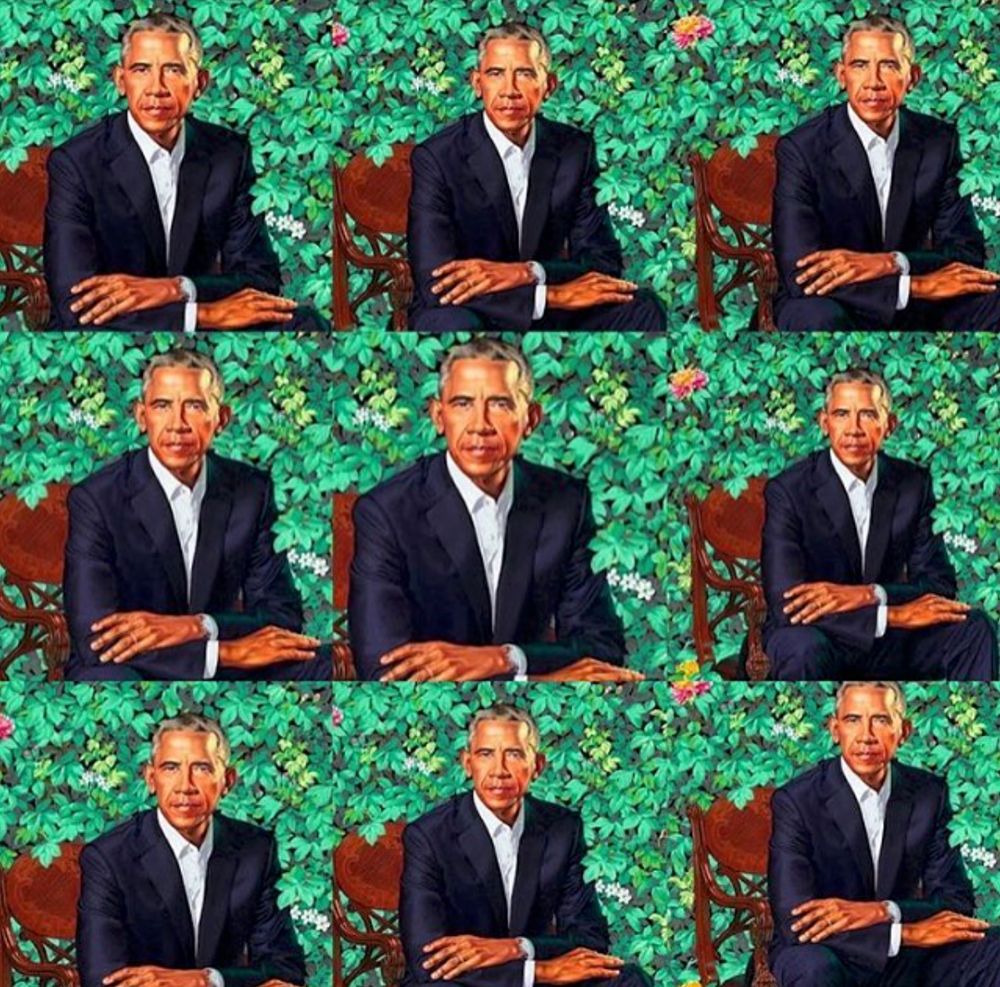
Your wife, Roberta Smiths, is also an art critic; do you share the same taste in art? And would you say you approach art criticism in the same manner?
I love my work, but I think Roberta is the greatest art critic alive – no exaggeration. She is the most rigorous, the most challenging, the most direct and the clearest. She is the One; I’m ‘one’, and don’t get me wrong, I love that; but she, to me, is the One. We do not always share the same opinion when it comes to art of course, and we perhaps approach criticism in a slightly different way. But, if I were a young artist, I one hundred percent would want to hear Roberta’s opinion, even if it was painful.
Words and interview by Jacopo Nuvolari



